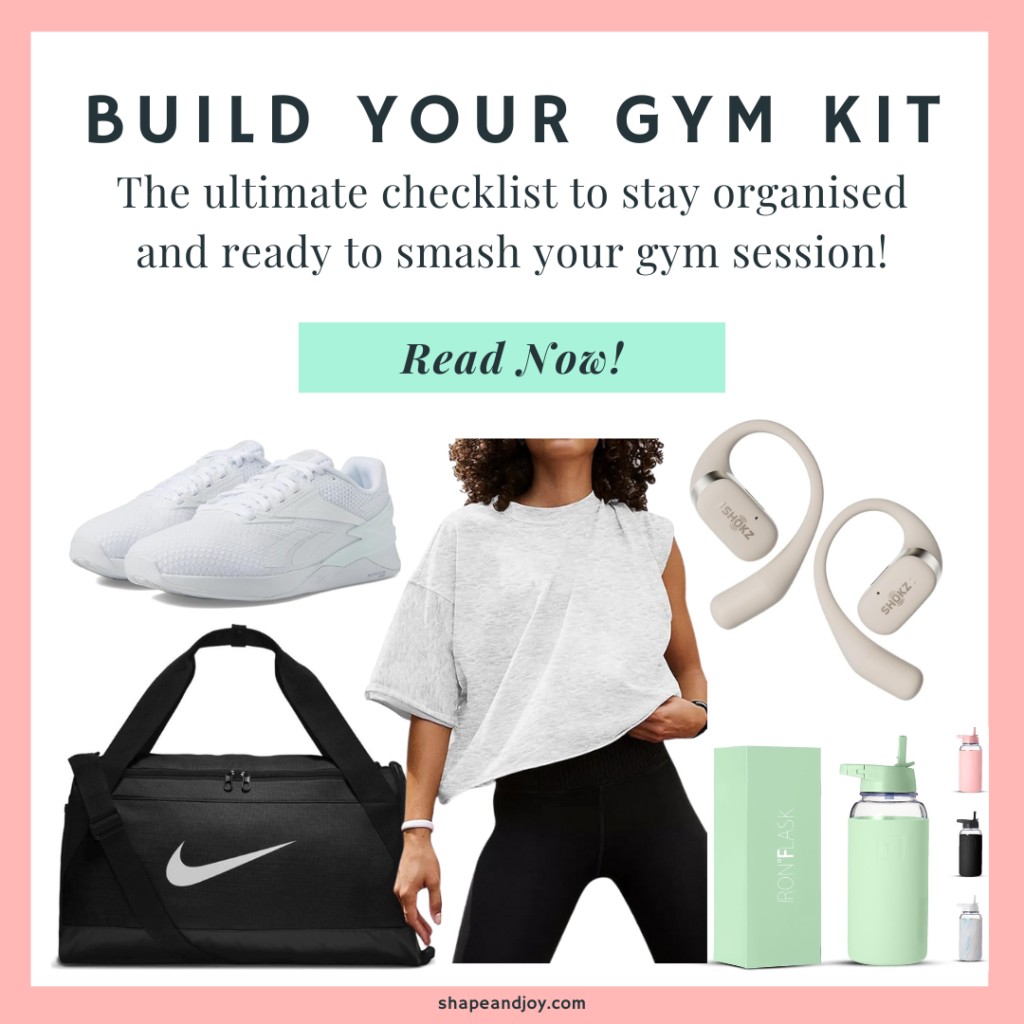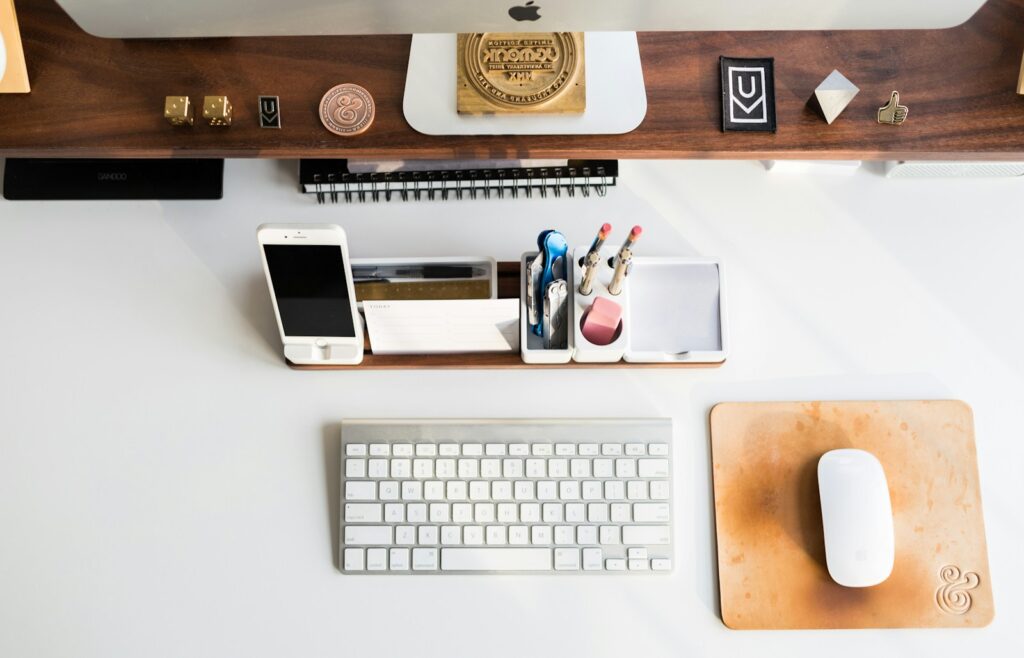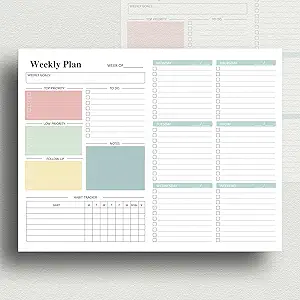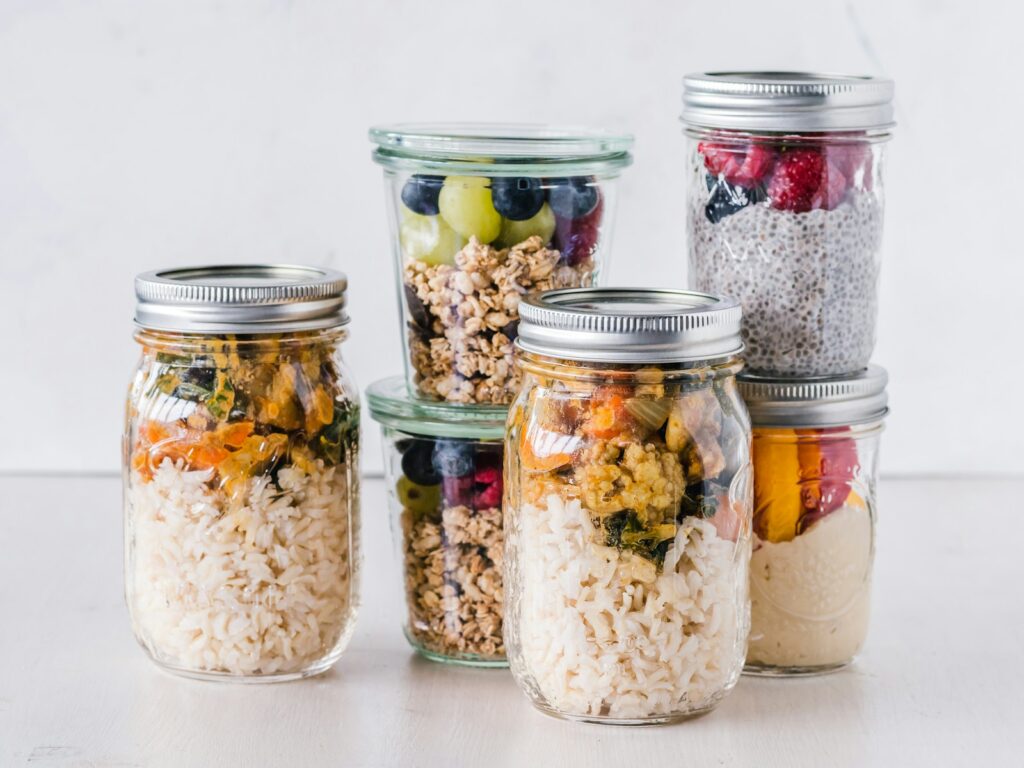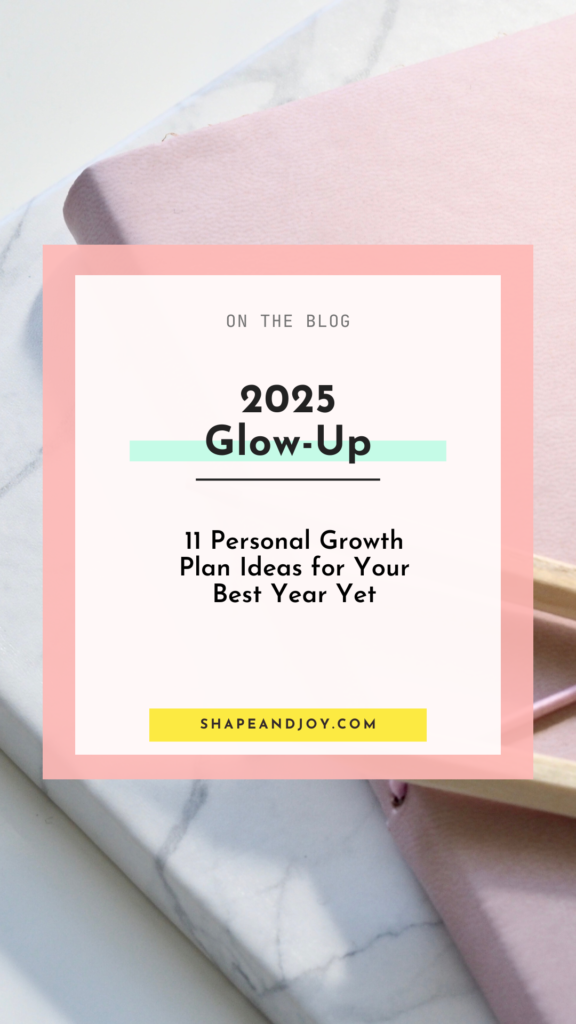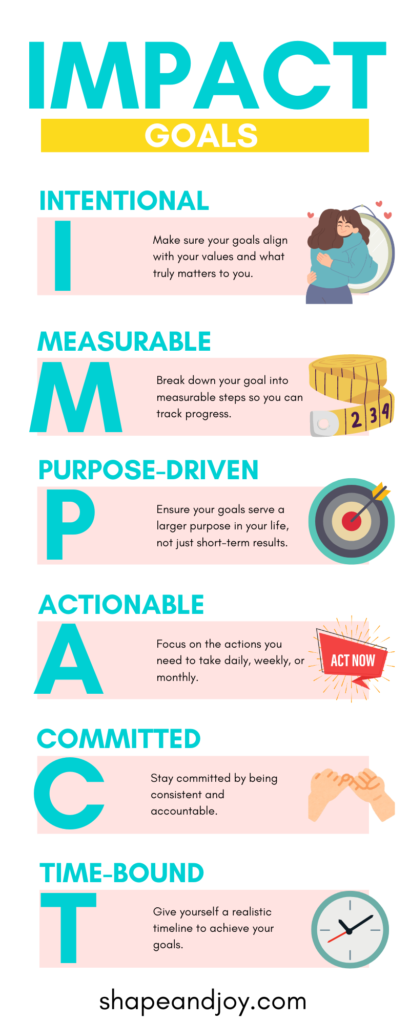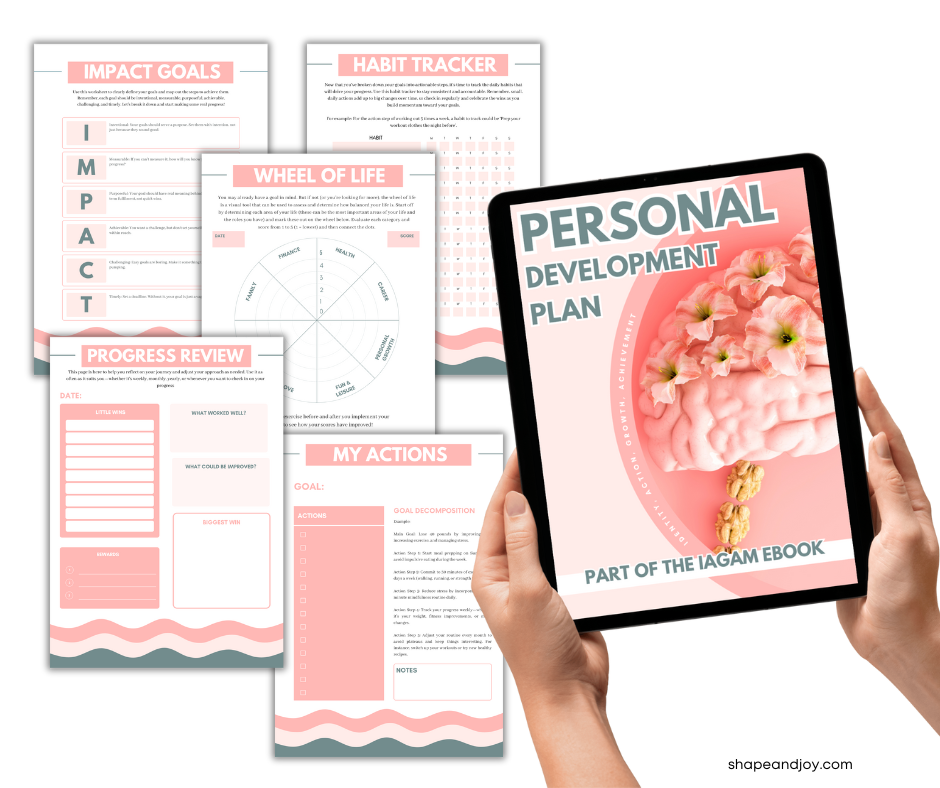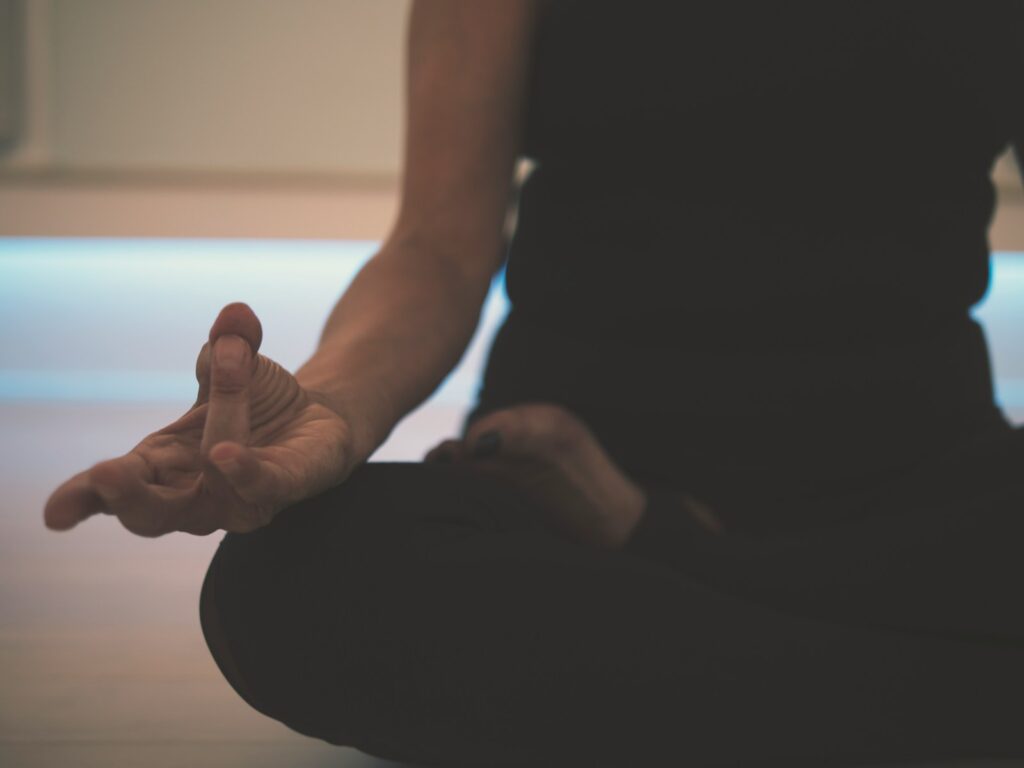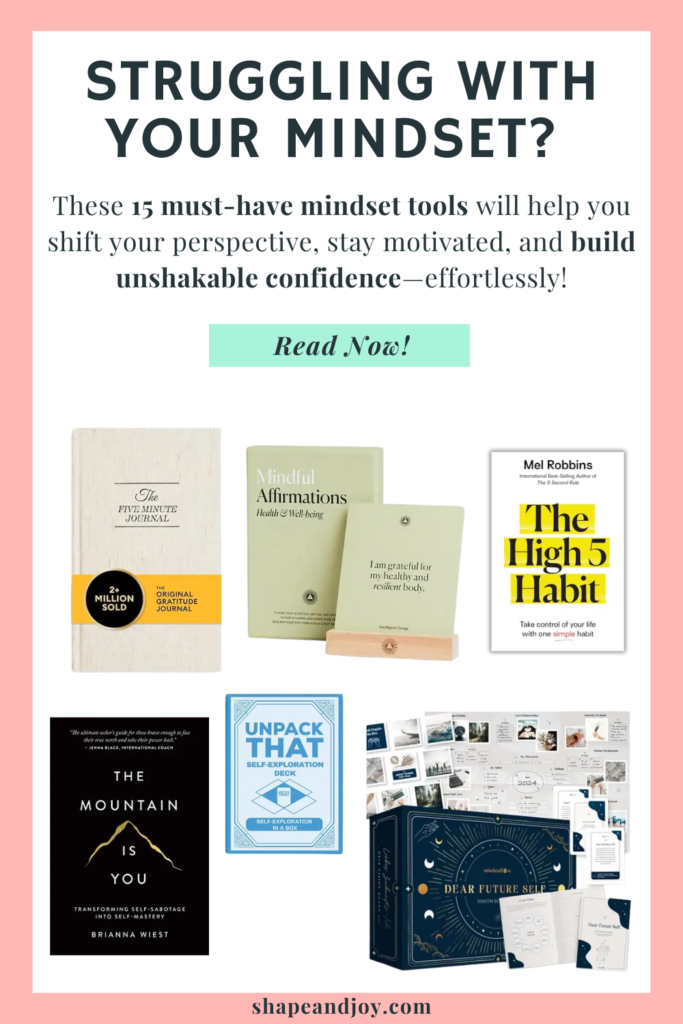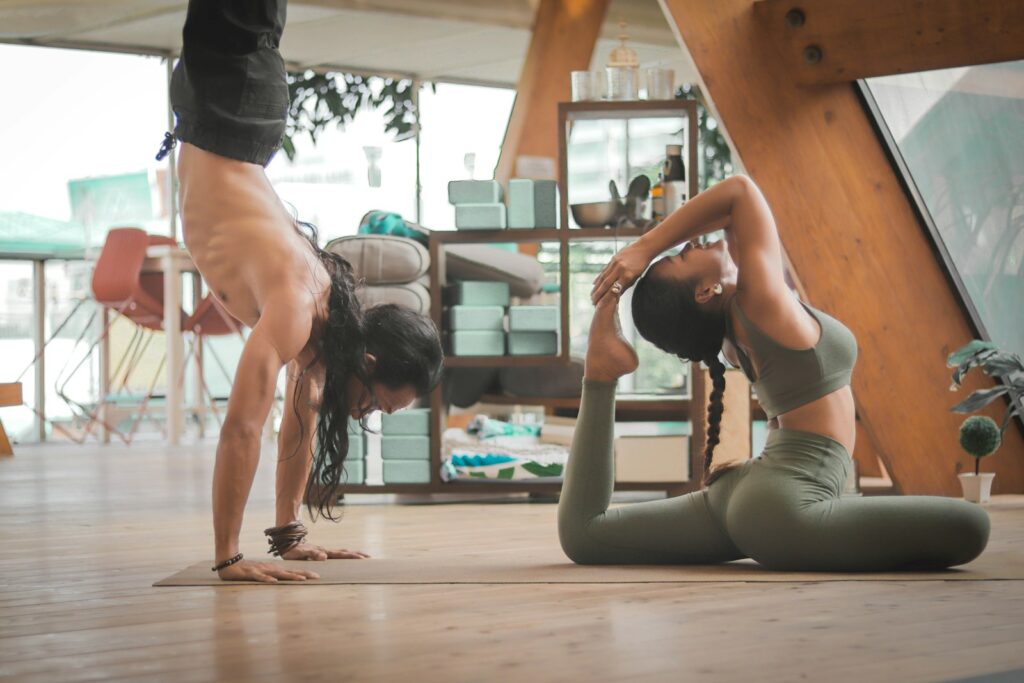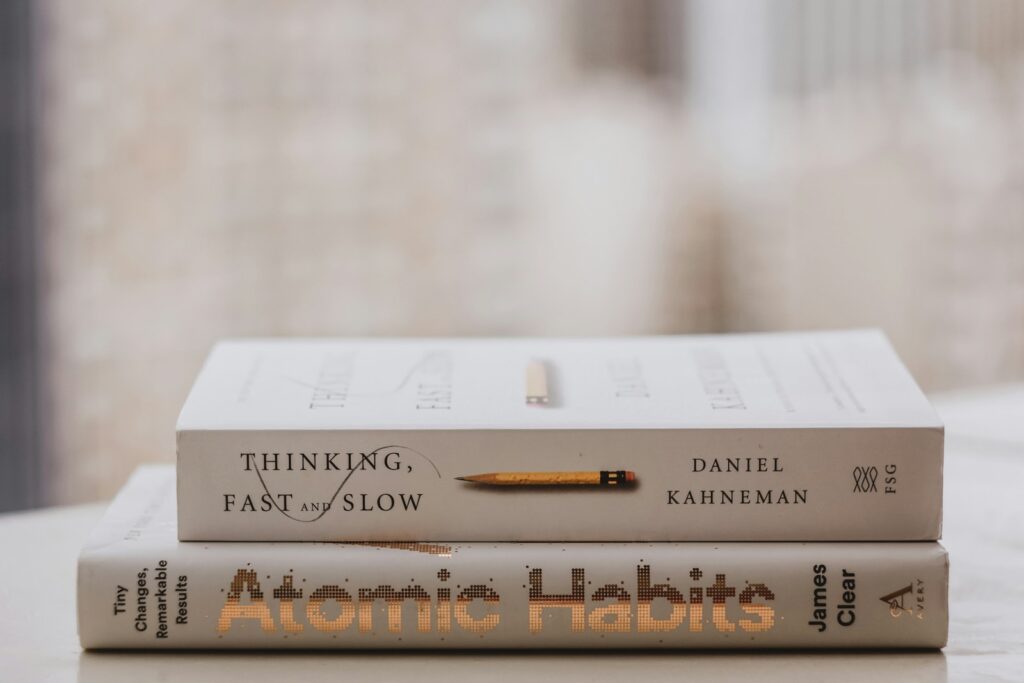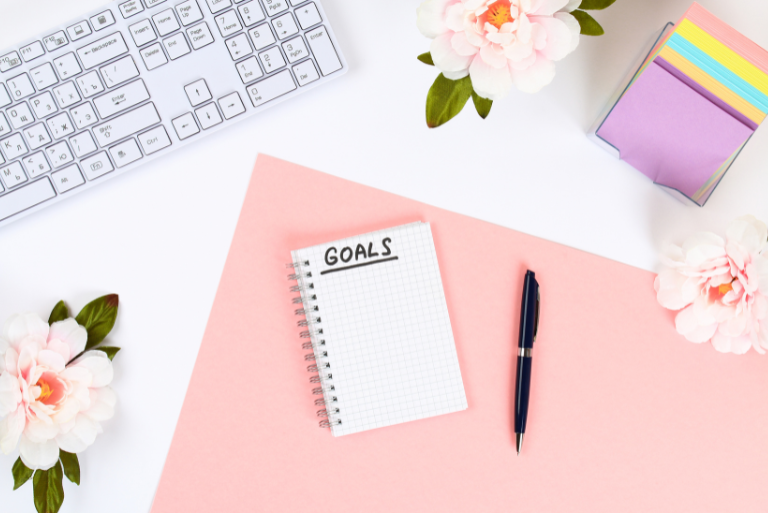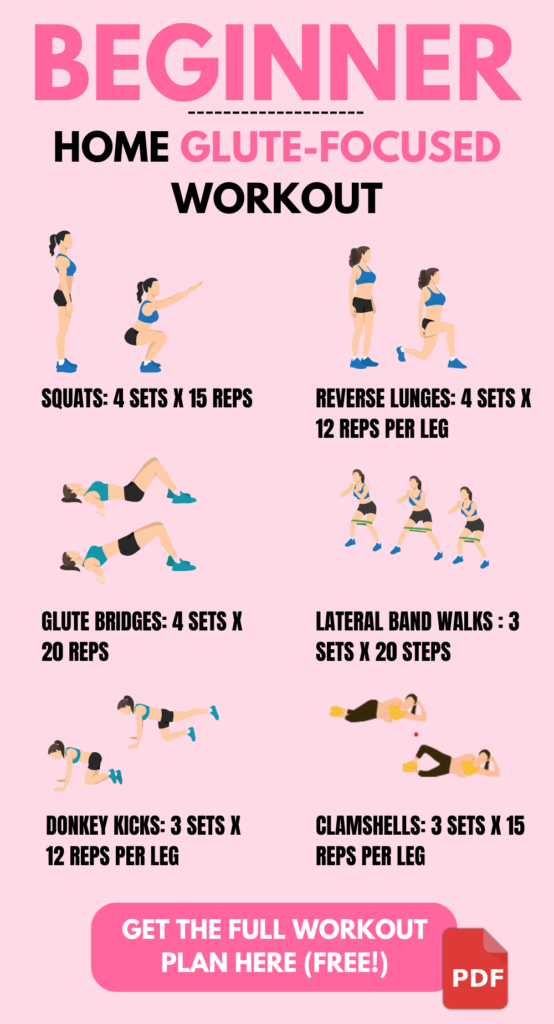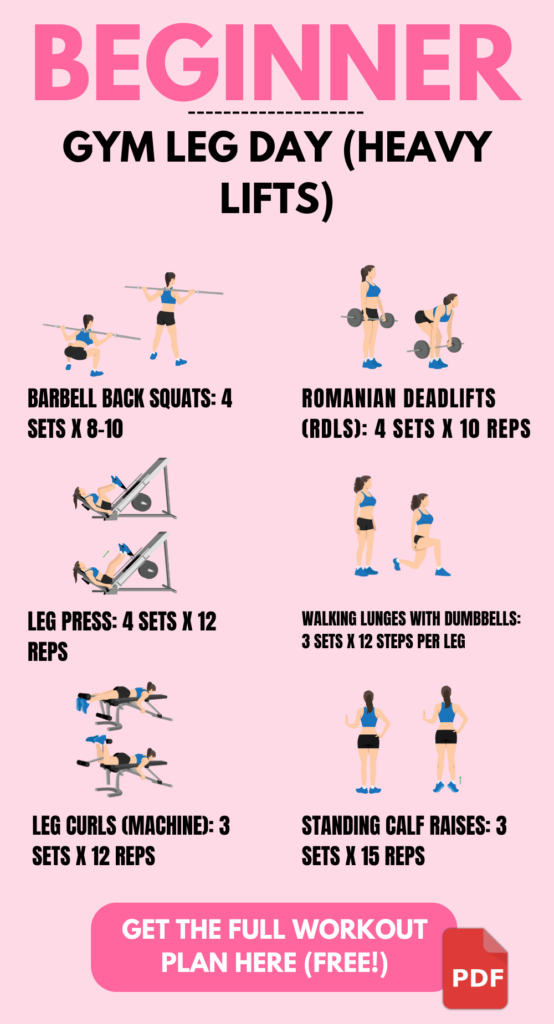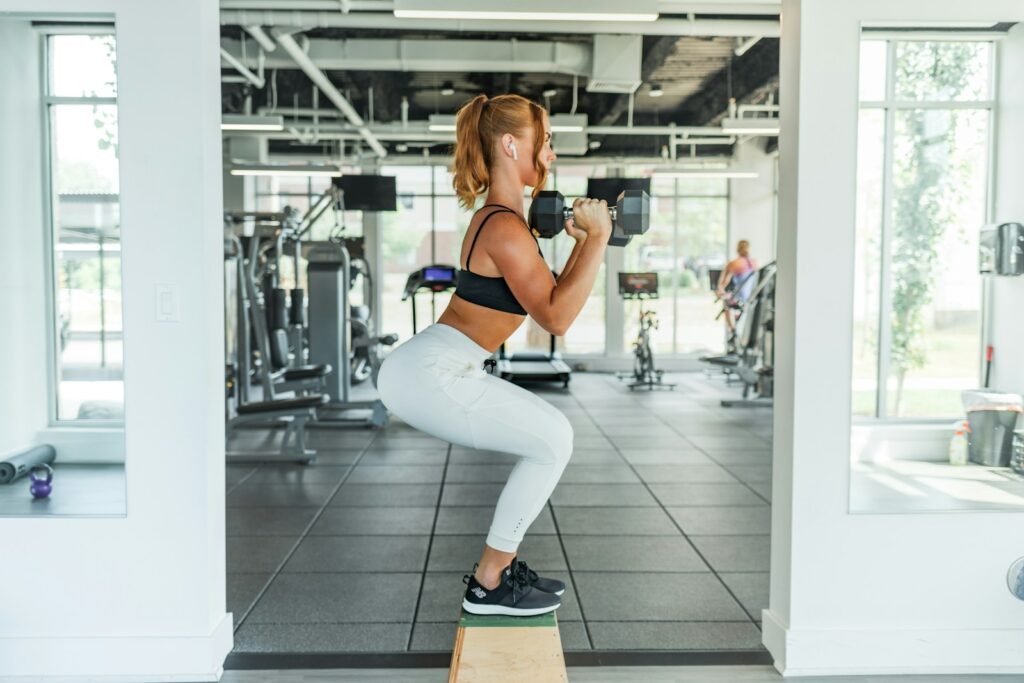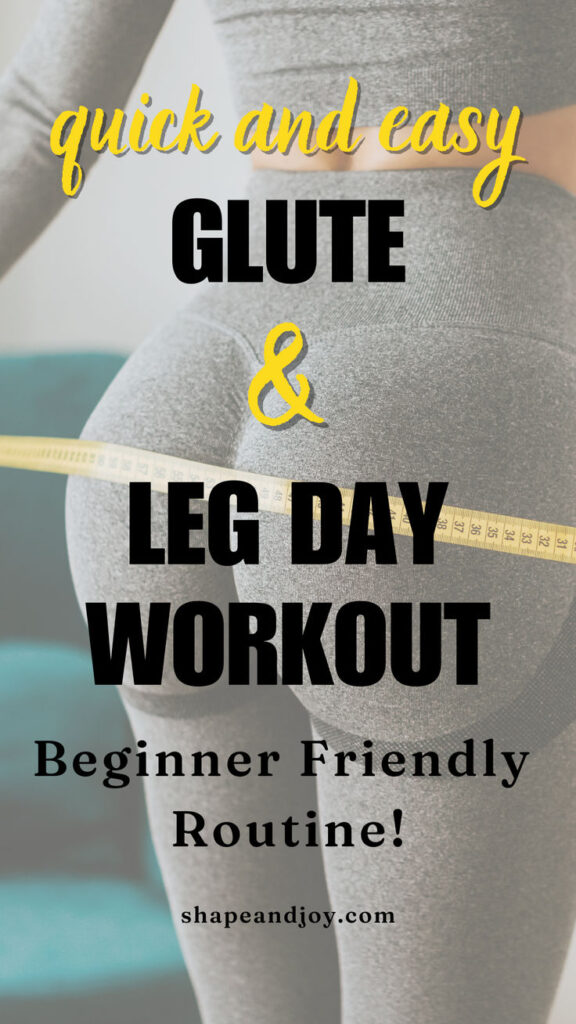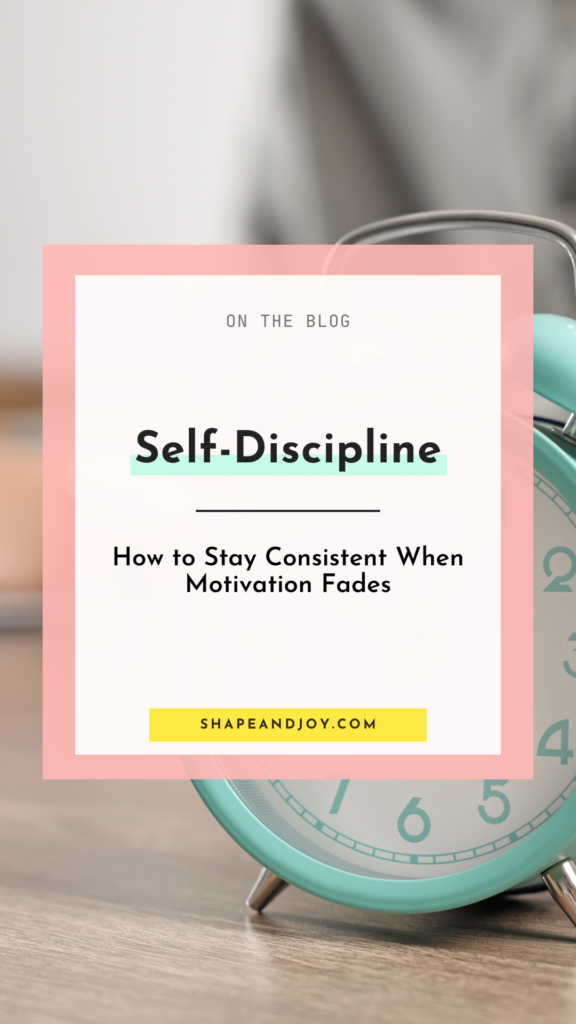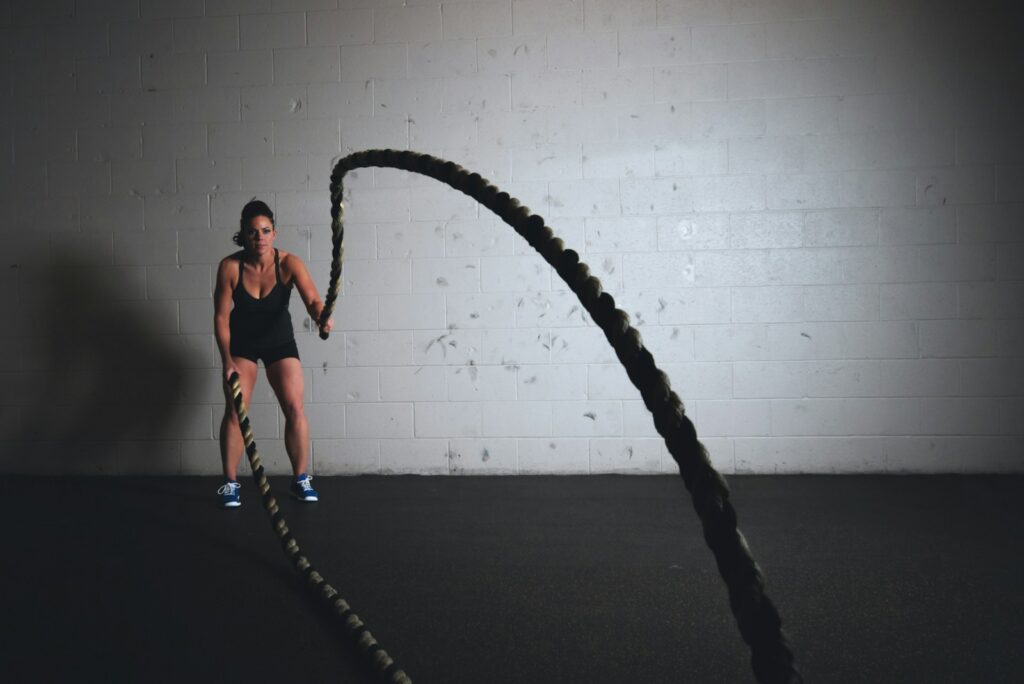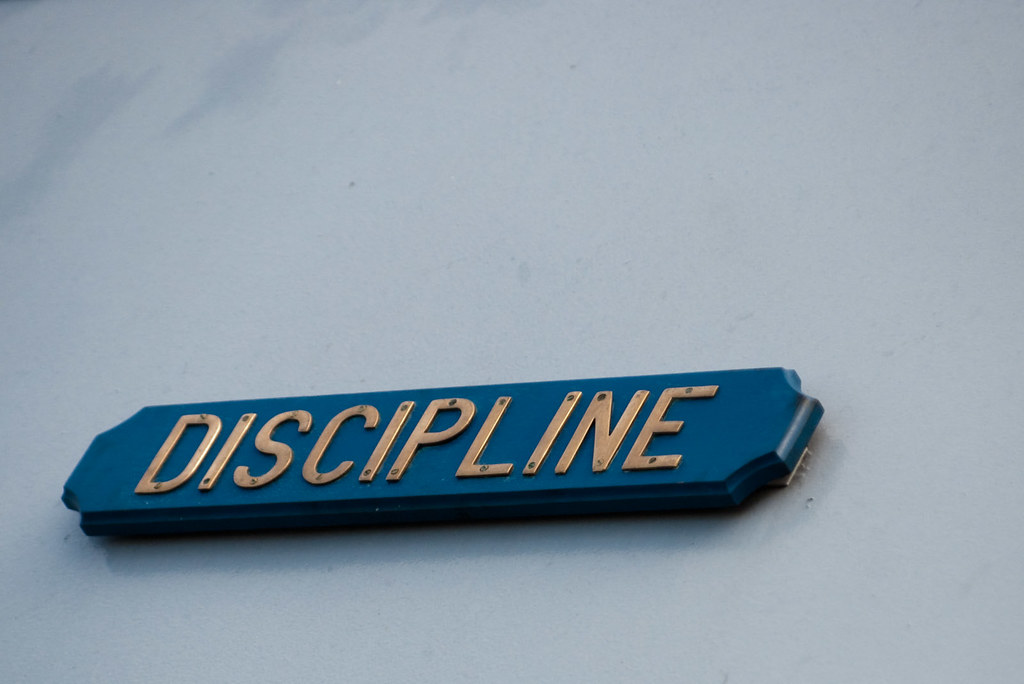High Protein Hacks: How to Reach 100g Without Even Trying
Did you know that most people struggle to get even half the recommended amount of protein each day? That’s right—despite all the high protein snacks and powders out there, hitting 100g can feel like trying to bench press a double-decker bus.
But here’s the thing: getting enough protein doesn’t have to mean eating like a bodybuilder or choking down endless chicken breasts.
Imagine a day where you sneak in protein without even thinking about it—like a dietary ninja.
Sound good?
Let’s make it happen.
With these simple hacks tailored to busy schedules, fitness goals, and snack cravings.
You’ll be hitting 100g protein a day with your eyes closed. Let’s dive in!

For the Busy Bees
Life moves fast, but your protein intake doesn’t have to suffer.
Here’s how to create a diet high in protein when you’ve got zero time to spare:
Grab-and-go breakfasts: Start your day strong with high protein premade breakfasts like Greek yoghurt pots or savoury breakfast ideas with no eggs, such as a chicken wrap or a smoked salmon bagel. Looking for egg-free protein breakfast ideas? Protein shakes or a tofu scramble are great options.
Protein snacks: Foods with the highest protein include jerky, boiled eggs, and cottage cheese. Keep these in your fridge or bag for a quick hit of protein.
Premade options: High protein premade breakfast items like Skyr yoghurt or protein bars are lifesavers.
Need to hit bigger goals like 150 grams of protein in a day? Make sure your snacks are pulling their weight. A few boiled eggs or a protein bar here and there really add up!
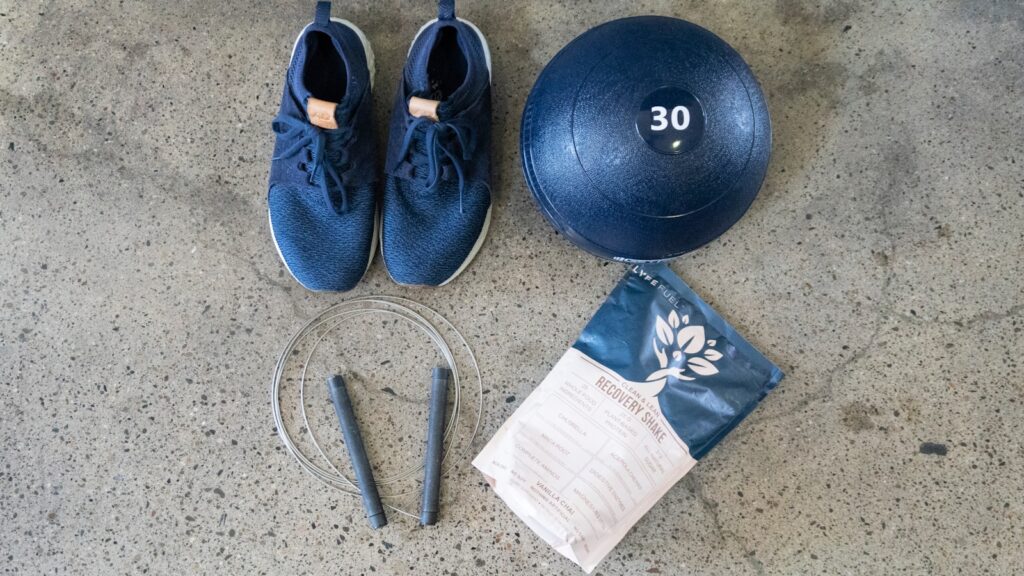
For the Fitness Enthusiasts
If you’re aiming for big protein targets, like how to eat 200 grams of protein a day, or you’re tackling a 165g protein meal plan, it’s time to get serious.
High protein filling meals: Think chicken stir-fry with 35 grams of protein or a salmon salad topped with quinoa for a hit of high-quality protein foods. These meals leave you full and ready for your next workout.
Protein shakes with a twist: Bored of plain shakes? Add protein powder to porridge for a protein high breakfast. Or blend it into a smoothie with oats and nut butter.
Post-workout snacks: Pair natural protein sources like a banana with peanut butter or opt for non-processed protein options like a handful of almonds or a boiled egg.
Want to know how to track protein intake to hit your goals?
Use a high protein chart or app to check your meals are on point—aim for protein portion sizes that bring you closer to your target.
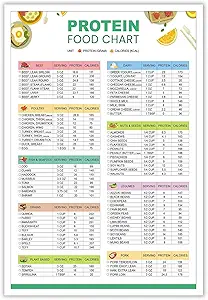
For the Home Cooks
Cooking at home is the perfect way to build a diet packed with whole foods high in protein.
It’s easier than you think to whip up meals with 30–40 grams of protein that taste amazing.
Bulk up your recipes: Add high protein veggies like lentils, chickpeas, or edamame to soups, stews, and curries. These are great natural protein sources that complement meats like chicken or fish.
Sneaky swaps: Swap regular pasta for chickpea pasta, or use quinoa instead of rice. They’re packed with healthy protein and keep your meals satisfying.
Egg-free breakfasts: Not a fan of eggs? Try a protein-packed smoothie, tofu scramble, or cottage cheese with fresh fruit for a healthy, high protein breakfast.
Looking for a healthy protein list to stock your kitchen?
Focus on whole foods high in protein. Like chicken, salmon, lentils, and Greek yoghurt, paired with high protein veggies like broccoli and spinach.
High-protein diets are amazing for keeping hunger at bay, but not all foods are created equal. Some options not only help you hit your protein goals but also keep you feeling full for hours. Want to know which ones? Dive into Satiating Foods: 5 Foods High On The Satiety Scale to make smart food choices that satisfy and sustain you.
For the Snackers
If snacking is your thing, you can hit your protein goals with just a few smart swaps.
Snack boards: Combine good sources of protein food like turkey slices, cheese cubes, and nuts for a high protein, filling snack.
Sweet cravings: Satisfy your sweet tooth with Greek yoghurt (20 grams of protein per serving!) topped with dark chocolate chips or honey.
High protein crisps: Brands now offer low-carb crisps made from lentils or chickpeas. Pair them with hummus for a high protein snack.
Trying to hit 100 grams of protein a day can feel overwhelming, but it doesn’t have to be complicated. Whether it’s meal prepping or finding natural protein sources, small tweaks make a big difference. For even more ideas, check out Simplify Nutrition With These 5 Easy Tips to streamline your approach.
Conclusion
Hitting 100 grams of protein a day—or even stretching to 165g protein meal plans or 200 grams—isn’t impossible.
With simple swaps, easy recipes, and a focus on good quality protein foods, you’ll feel more energised, stronger, and full for longer.
Start with meals with 30 grams of protein, include high protein veggies, and keep your snacks full of natural protein sources.
Before you know it, you’ll have a diet that’s not only high in protein but also full of variety and flavour.
Now go on—try these hacks and make your protein goals a reality. You’ve got this. 💪
If you enjoyed this post, pin this to your Pinterest to read later!
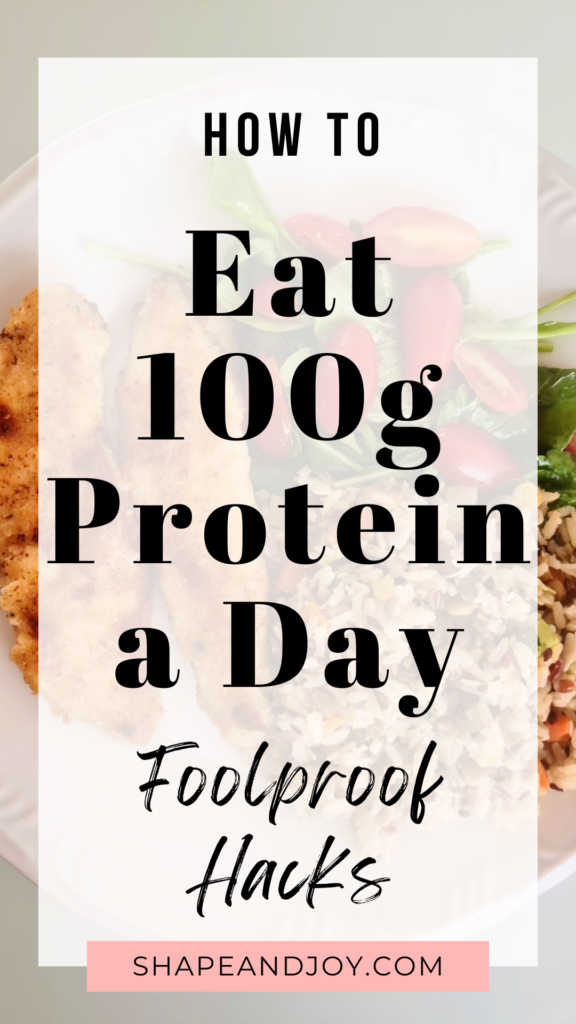
Studies
Higher protein intakes (1.2–2.4 g per kg per day) effectively maintain lean body mass and promote fat loss, especially when combined with exercise (Longland et al., 2016).
Protein intakes above recommended levels enhance satiety, support weight management, and preserve muscle mass. (Phillips et al., 2016).
High-protein diets increase satiety, reduce energy intake, and promote weight and fat loss. Short-term benefits include appetite suppression and greater fat-free mass retention (Eisenstein et al., 2002).
Soy protein has been shown to reduce serum cholesterol levels without negatively affecting HDL cholesterol (Anderson et al., 1995).
Increasing dietary protein to 1.2–1.6 g per kg per day improves appetite regulation, weight management, and cardiometabolic health. Meal-specific doses of 25–30 grams are particularly effective (Leidy et al., 2015).
Balanced protein distribution across meals enhances muscle protein synthesis, particularly during energy restriction, supporting physical performance and muscle preservation (Murphy et al., 2015).

